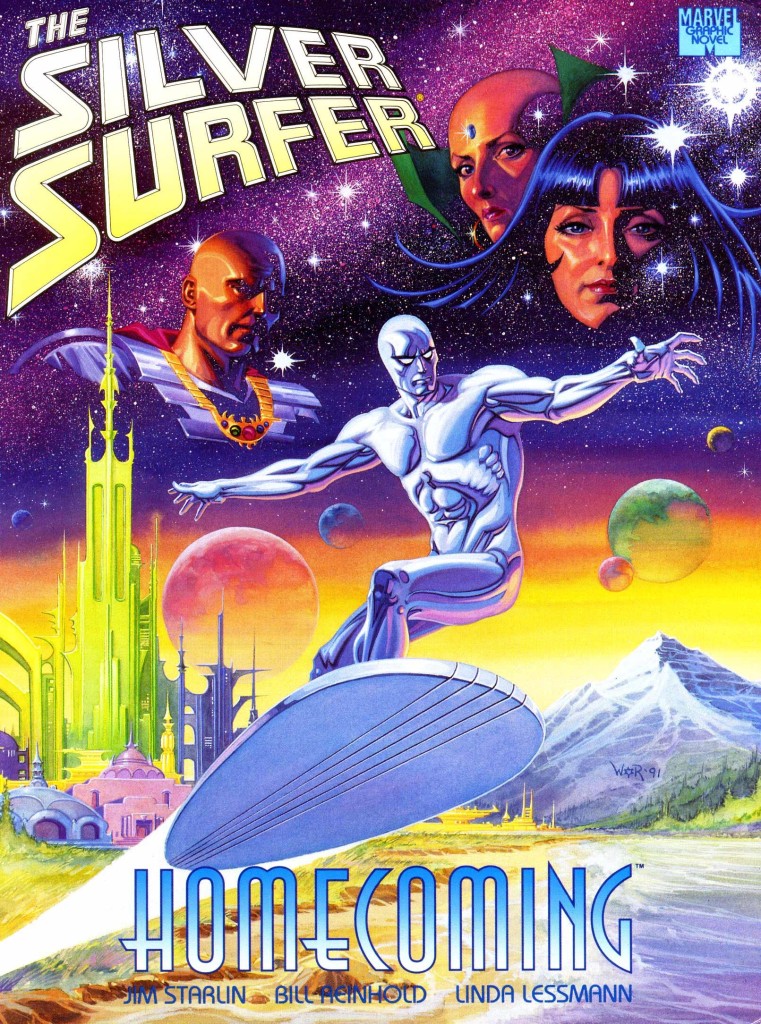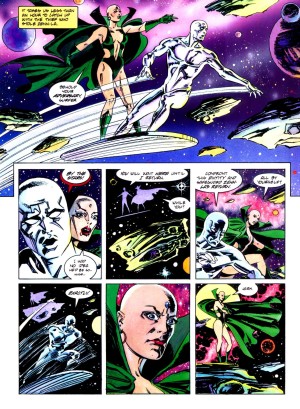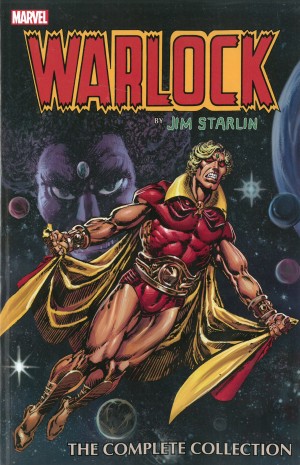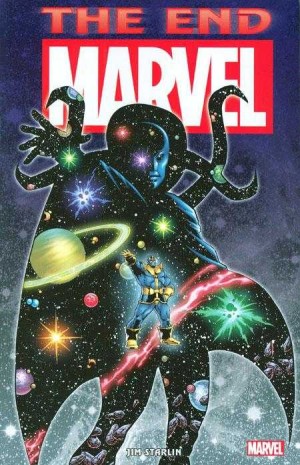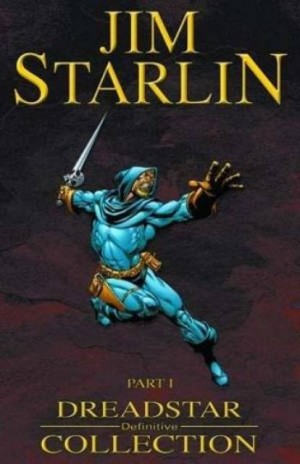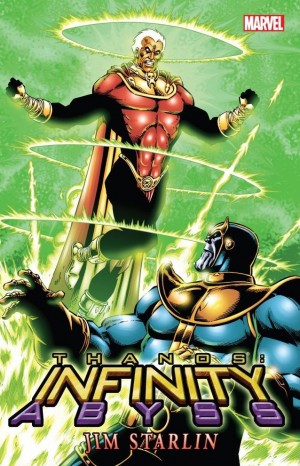Review by Ian Keogh
This Silver Surfer graphic novel dates from 1991, a time when, based on his other material, Jim Starlin’s enthusiasm was low while his commercial success was peaking. It was obviously a career decision to spend this period writing scripts for artists whose impact was less than his own, but it resulted in plots that recycled his earlier material without coming close to matching it, or plots lacking that self-referential factor, but which still didn’t match his earlier material. Homecoming is one of those.
The Surfer receives a brief transmission from his former love Shalla-Bal, a plea for help noting his home planet Zenn-La is endangered, but by the time he can reach it the planet has disappeared. Fortunately Moondragon arrives on the space station that remains orbiting where the planet was to prompt two pages of expository speeches, telling us a powerful psychic intellect was responsible for abducting the Zenn-La.
Moondragon’s presence is to manifest a psychic projection of the Surfer able to penetrate the defences of the sleeping kidnapper, and third of the way in the plot finally warms up with a temptation dangled. As ever when something seems too good to be true, it’s too good to be true. After a few pages of euphoria there’s a meaningless battle followed by a cheaply contrived scenario to restore the Surfer’s status as a tragic loner. Perhaps that’s being unfair, and a situation so often repeated with minor variations originated with Starlin. If it were well executed, though, it would retain an emotional pull, but that’s entirely absent.
If it’s going through the motions on Starlin’s part, Bill Reinhold doesn’t greatly impress either. His grainy, rough style of art works well on characters occupying a dark and violent world, but the grandeur of the universe is not playing to his strengths. He’s not helped by the very much of its era colouring from Linda Lessman, cover credited, which was unusual for the time. She splashes bright colours hither and yon until many pages resemble a packet of smarties emptied on a patterned carpet and seen from a distance.
Lessman’s graphic novel credits are few, but there are better stories by both the other creators, and better stories featuring the Silver Surfer. Try one of those instead.
